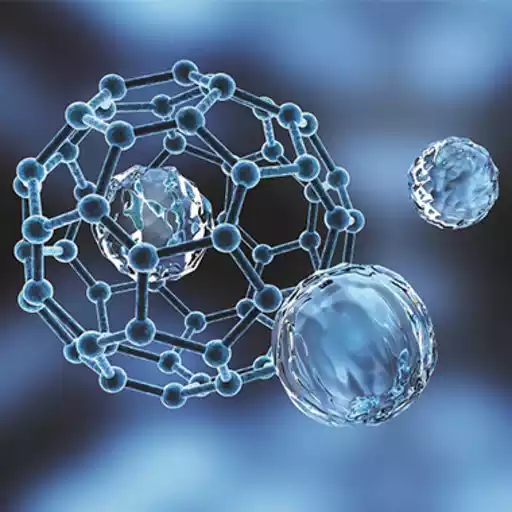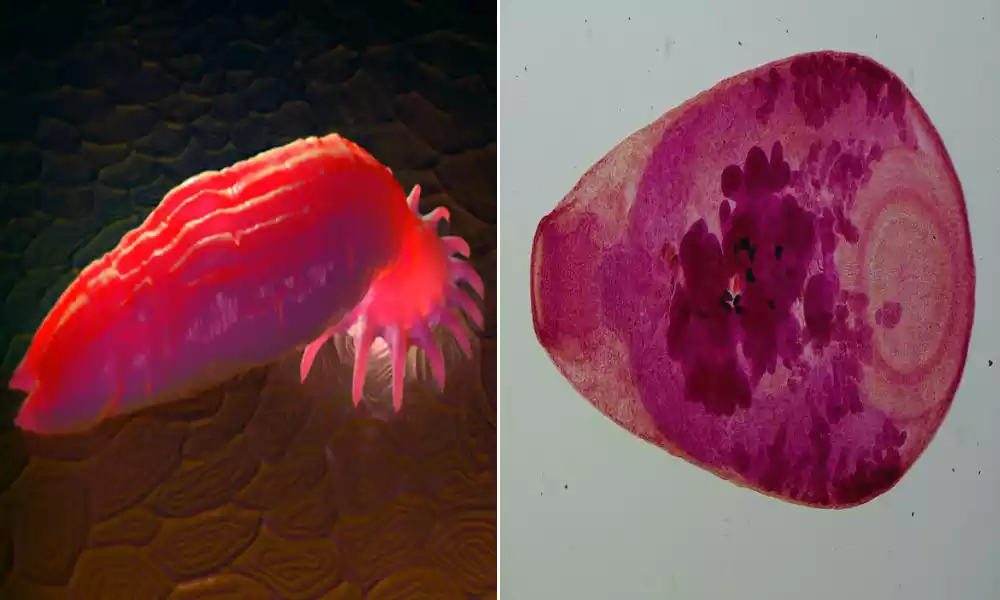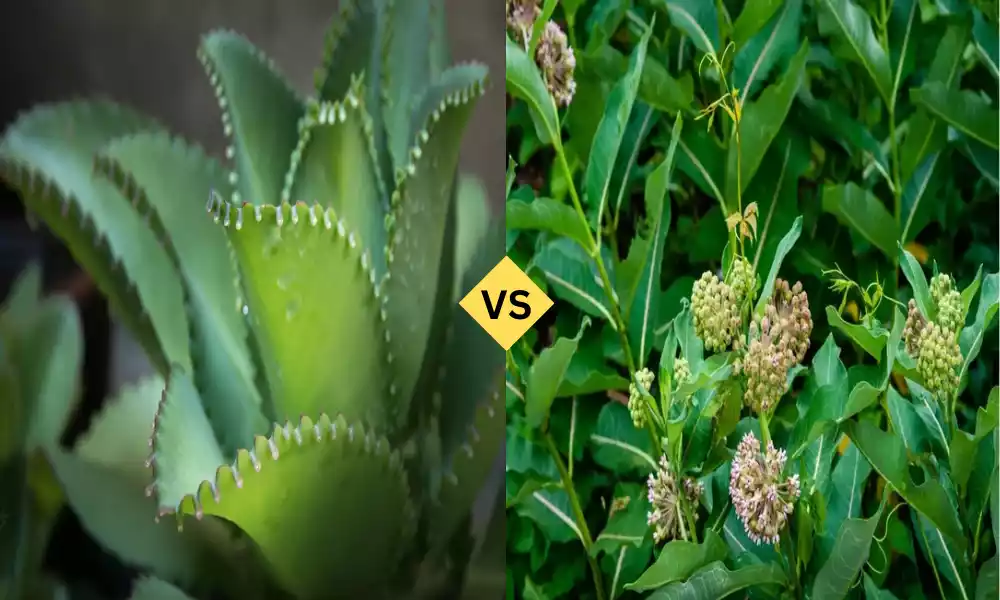Hapten and Adjuvant play pivotal roles in the complex orchestration of immune responses, yet they serve vastly different functions. Haptens, small molecules in nature, are incapable of provoking an immune response on their own. When attached to larger carrier proteins, they become immunogenic, thus stimulating an immune reaction. On the other hand, adjuvants are substances added to vaccines to amplify the body’s immune response to an antigen.
While they don’t directly confer immunity, their presence ensures a more robust and enduring immune defense against pathogens. Together, both haptens and adjuvants are essential tools in immunological studies, vaccine development, and therapeutic interventions.
What is Hapten?
A hapten is a small molecule that, when combined with a larger carrier such as a protein, can elicit an immune response. On its own, a hapten is not immunogenic, which means it cannot trigger an immune response. When it binds to larger molecules, the complex can be recognized and targeted by the immune system.

A classic example of a hapten is the compound found in poison ivy, urushiol. When a person comes into contact with poison ivy, the urushiol hapten binds to skin proteins. This combined complex is then recognized as foreign by the immune system, leading to an allergic response in sensitized individuals.
In the realm of research and medicine, haptens are particularly important for understanding allergic reactions and for the design of certain types of vaccines, where haptens are conjugated to carrier proteins to enhance the immune response.
What is an Adjuvant?
An adjuvant is a substance that is added to vaccines to enhance the body’s immune response to an antigen. The primary purpose of an adjuvant is to boost the efficacy of the vaccine by amplifying the immune system’s response, ensuring that the immunity conferred by the vaccine is more robust and long-lasting.

Adjuvants work by several mechanisms:
- Depot effect: Some adjuvants can form a deposit or “depot” at the injection site, allowing the antigen to be released slowly over time, which prolongs its exposure to the immune system.
- Activation of immune cells: Adjuvants can activate innate immune cells, enhancing the antigen presentation to T and B cells of the adaptive immune system.
- Modulation of the immune response: Depending on their composition, adjuvants can steer the immune response towards a more desirable type, be it a stronger cellular response, humoral response, or a balanced combination of both.
Commonly used adjuvants in vaccines include aluminum salts (like alum), oil-in-water emulsions, and newer molecular entities that target specific components of the innate immune system.
The use of adjuvants in vaccines has played a crucial role in public health, allowing for the development of effective vaccines against various pathogens, even in cases where the antigen alone is not sufficiently immunogenic.
Importance of understanding the difference between Hapten and Adjuvant
Understanding the difference between haptens and adjuvants is of paramount importance, especially for those engaged in immunology, vaccine development, and therapeutic interventions. Here’s why:
- Scientific Precision: In the world of science and medicine, precision is crucial. Misunderstanding or conflating haptens and adjuvants could lead to experimental errors, misconstrued research conclusions, or ineffective treatments.
- Vaccine Development: Modern vaccines can be quite complex. Knowing how haptens and adjuvants function can guide researchers in designing effective vaccines. For instance, while adjuvants boost the overall immune response to a vaccine’s antigens, haptens (when conjugated to proteins) can themselves be targets of the immune response.
- Allergy Research: Haptens play a significant role in allergic reactions. By understanding haptens, researchers can better probe the mechanisms behind allergies, potentially leading to better treatments or preventive measures.
- Therapeutic Interventions: Some therapeutic strategies might involve harnessing the properties of haptens or adjuvants. For example, in allergen-specific immunotherapy, understanding the role of adjuvants can be crucial for modulating the patient’s immune response effectively.
- Safety and Efficacy: Especially in the realm of vaccine development, understanding the roles and effects of both haptens and adjuvants is vital for ensuring that vaccines are both safe and effective. Adjuvants, in particular, can influence the side-effect profile of a vaccine.
- Public Understanding and Trust: In an era where vaccine misinformation can spread rapidly, having a clear understanding of components like adjuvants can help medical professionals, educators, and advocates provide accurate information to the public. This can help in building trust and dispelling myths.
In essence, delineating the roles and mechanisms of haptens and adjuvants is pivotal for advancing immunological research, ensuring effective medical interventions, and fostering informed public discourse on related topics.
Comparison Table of Hapten and Adjuvant
Certainly, here’s a comparison table highlighting the key differences and similarities between haptens and adjuvants:
| Aspect | Hapten | Adjuvant |
|---|---|---|
| Nature | Small molecule | Substance or compound |
| Size | Small | Can vary, from small molecules to larger compounds |
| Immunogenicity | Not immunogenic on its own; becomes immunogenic when bound to larger molecules (e.g., proteins) | Does not provide immunity by itself; enhances the body’s immune response to an antigen |
| Role in Immune System | Stimulates an immune response when bound to a carrier protein | Boosts and modulates the immune response elicited by antigens in vaccines |
| Mechanism of Action | Binds to larger molecules to become recognizable by the immune system | 1. Prolongs antigen exposure via depot effect
2. Activates innate immune cells 3. Modulates the type of immune response generated |
| Applications | 1. Research on allergies
2. Development of conjugate vaccines |
1. Vaccine formulation to enhance efficacy
2. Steering the immune response towards desired outcomes |
| Examples | Urushiol from poison ivy | Aluminum salts (alum), oil-in-water emulsions, TLR agonists |
This table provides a brief overview of the distinctions and parallels between haptens and adjuvants. Both play significant roles in immunology and vaccine development, albeit in different capacities.
Similarities between Hapten and Adjuvant
While haptens and adjuvants serve different primary functions within immunology, they do share certain similarities:
- Modulation of Immune Responses: Both haptens and adjuvants play roles in modulating the immune response. While haptens can induce an immune response when bound to a carrier protein, adjuvants enhance and guide the immune response towards antigens in vaccines.
- Research and Therapeutic Relevance: Both are of significant importance in the realm of immunological research. Haptens are crucial in studying allergic reactions, while adjuvants are vital in vaccine development to boost efficacy.
- Not Immunogenic Alone (in a sense): Haptens are not immunogenic on their own and require attachment to a larger molecule to be recognized by the immune system. Similarly, adjuvants, on their own, do not provide immunity but boost the immunogenicity of a given antigen.
- Usage in Vaccine Development: Both have roles in vaccine development. Haptens are used in the creation of conjugate vaccines where they are attached to carrier proteins. Adjuvants are used in many vaccine formulations to enhance and shape the immune response to the primary antigen(s).
- Interaction with Proteins: Haptens need to bind to proteins to become immunogenic. Adjuvants often work by interacting with immune system proteins, like toll-like receptors, to amplify the immune response.
- Safety Evaluation: For both haptens and adjuvants, safety is paramount, especially when considering therapeutic or vaccine-related applications. Extensive research goes into ensuring that they don’t produce undesired effects when introduced into the body.
While these similarities highlight the interconnectedness of various components of the immune system, it’s essential to recognize and understand the distinct roles haptens and adjuvants play in immunology.
Real-life Examples of Hapten and Adjuvant
Here are real-life examples of both haptens and adjuvants:
Hapten:
- Urushiol: Found in poison ivy, poison oak, and poison sumac. When skin comes into contact with this compound, urushiol binds to skin proteins and acts as a hapten. This complex is recognized by the immune system, leading to an allergic response known as contact dermatitis in sensitized individuals.
- Penicillin: Some individuals are allergic to penicillin. The antibiotic can act as a hapten by binding to serum proteins, forming a complex that the immune system recognizes as foreign. This can trigger allergic reactions in some people.
- Nickel: Many people have what’s known as a nickel allergy, especially with prolonged contact (like wearing jewelry). Nickel ions can bind to skin proteins and act as haptens, prompting an immune response that results in allergic contact dermatitis.
Adjuvant:
- Aluminum Salts (Alum): One of the most widely used adjuvants in vaccine formulations. It has been utilized for many years in various vaccines, such as the diphtheria-tetanus-pertussis (DTP) vaccine. Aluminum salts help stimulate a stronger immune response to the vaccine’s antigens.
- MF59: An oil-in-water emulsion that’s used as an adjuvant in some influenza vaccines. It enhances the immune response by increasing the production of certain immune system proteins and by attracting more immune cells to the injection site.
- AS04: This adjuvant contains aluminum hydroxide and monophosphoryl lipid A (MPL). MPL activates the immune system through a specific receptor called TLR4. AS04 is used in vaccines like Cervarix, which protects against human papillomavirus (HPV).
- CpG Oligodeoxynucleotides: These are synthetic DNA sequences that mimic bacterial DNA. They activate the immune system through the TLR9 receptor and are being researched for use as adjuvants in various vaccine formulations.
Understanding these real-life examples can provide a clearer picture of how haptens and adjuvants function in our everyday world and the impact they have on human health.
Conclusion
Haptens and adjuvants, though distinct in their primary roles, are integral to the nuanced workings of immunology. Haptens, as small molecules, become immunogenic only when tethered to larger entities, making them key players in understanding allergic responses and in the design of conjugate vaccines. Adjuvants, on the other hand, are the boosters of the immune world, amplifying the response to antigens in vaccines, ensuring more durable and effective immunity.
Their combined significance underscores the intricate ballet of components needed for the optimal functioning and manipulation of our immune responses, especially in therapeutic and preventive medicine.































